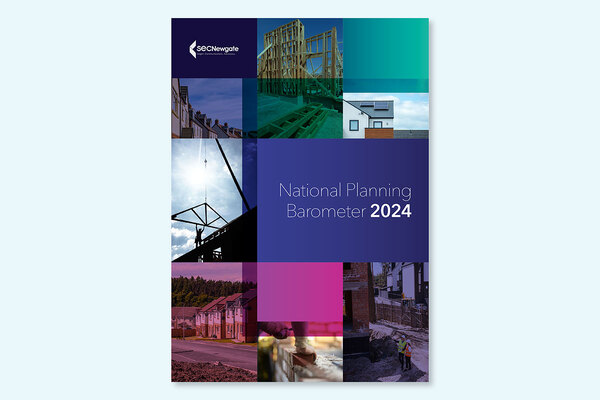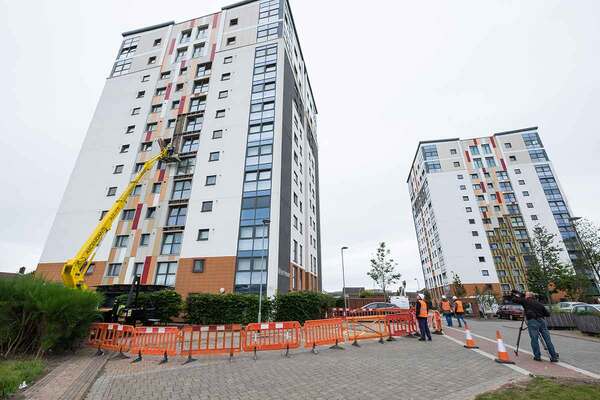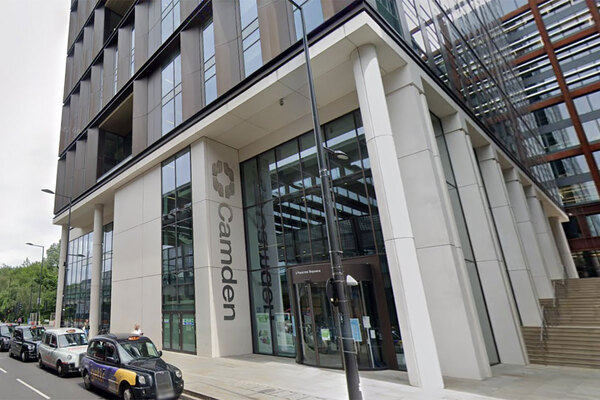You are viewing 1 of your 1 free articles
Social and affordable housing is in the general election spotlight, but can promises be delivered?
Nick Fell, partner and head of residential at Rapleys, assesses whether proposals by the Labour Party to increase delivery of homes can be achieved, or might have unintended consequences
It’s been reassuring to see so much focus on housing in the run up to the general election, particularly pledges to prioritise and deliver increasing numbers of social and affordable homes. Labour, in particular, promised the biggest increase in social and affordable housebuilding in a generation.
This week, Sir Keir Starmer provided marginally more detail into how this would be possible, with an immediate focus on updating the National Planning Policy Framework (NPPF), a prioritisation of social housing for rent above all other development, including for land released from the grey belt.
He also promised to deliver more affordable homes from existing funding, empowering local authorities and housing associations to build their capacity and make a greater contribution to affordable housing supply. Also, ensuring housing developments go to local people first, intervening centrally when development is locked and tightening obligations for developers to deliver more affordable homes.
First, the market wants to deliver more affordable homes, including developers and, of course, housing associations. The desire is there, but the ability to deliver on that isn’t always practical for a myriad of reasons – planning, infrastructure and utilities, cost of materials and viability to name a few.
Building targets and strict obligations are all well and good, but that doesn’t solve the problem. In fact, it may just contribute to it.
Forty per cent (or even 50% on the ‘grey belt’) of nothing is nothing. If development is not viable due to rising costs and an increasing need to give even more homes away as part of the deal, development may not happen at all. That’s not going to support the delivery of any housing, affordable or not.
Somewhere in this there must be a sense of practicality so that local authorities can make local decisions on whether a site can be brought forward without 40% affordable housing, if it’s in the best interests of the local plan and the area it serves. Sticking to wide sweeping statements over practicality will hold up sites at best, and render them unachievable at worst.
More attention needs to be paid to how these sites can be viable. Instead of penalising developers, think about incentivising them so that they are motivated to think up more innovative ways of delivering. For example, the protection of new-build social housing could be supported by grant funding even on Section 106-restricted homes to bridge the viability gap generated by increased construction and finance costs.
Also the delivery could be increased by larger-scale land release through the exceptions planning rule, so planning restricts it to an affordable housing use in addition to general allocations. This will need to be thought about, particularly with the grey belt idea.
Second, prioritising social rented homes over all other development, including the release of land from the grey belt sounds great. But we need to build sustainable places and communities, and this means employment land, too. This is where jobs come from after all and the manifesto is also about growth and supporting people to own their own homes.
Employment land has been missing in action from the NPPF for a while now, so it’s disappointing not to see Labour focusing attention on it, especially if they are keen to update it quickly. Hopefully, the promised updates will include some weight in favour of this when they do review it.
Third, with planning the number one obstacle to bringing sites forwards, it’s imperative that local authorities are well-resourced. Three hundred new planners is a start, but this is still less than one per council, and that’s assuming all positions are filled quickly with people up to speed on the caseloads. Will they be qualified and empowered to take the aforementioned sensible decisions on viability or will this incur yet a further delay?
“More attention needs to be paid to how these sites can be viable. Instead of penalising developers, think about incentivising them so that they are motivated to think up more innovative ways of delivering”
Focusing on local buyers for new developments first is another well-intentioned idea. However, this shouldn’t lock out buyers from elsewhere either. Not all local communities can afford to buy, and by hammering house prices, people already with mortgages who are struggling will struggle further.
We have heard countless tales of mortgage prisoners up and down the country. What if these people find themselves having to potentially sell and go back into rental? This will increase housing waiting lists further as rental levels grow and that will once again affect the buying market. Intervention is not always a good thing.
Finally, one major focus has been almost entirely missed when it comes to the delivery of social homes. With many empty homes in the UK, why are we focusing only on new housing and not bringing these back into circulation via much-needed repairs and upgrades?
That’s the quickest way to release stock in the short term and can be done while we are waiting for all these new developments to get through planning (hopefully) and into construction before being delivered years into the future. With 1.2 million people on housing waiting lists currently, surely this would have been a great thing to focus on first and foremost, particularly given the Conservatives’ previous own goal in giving £1.7bn back to the treasury unspent – something Labour could have used in the call for votes to focus on this very topic.
So, while housing at the core of this general election is a good thing and the unveiling of case studies such as Will from Milton Keynes shows how the system is broken, are these promises enough to fix it?
More detail is needed for sure, but also more creative thinking and collaboration with the private sector who can collectively use their experiences to support practical policy making. Otherwise, it may just be more of the same but under a different colour.
Sign up to the Regulation and Governance Conference 2024
At a time of major regulatory change, the Regulation and Governance Conference is designed to give board members and governance and risk professionals the insight they need to plan and prioritise effectively.
Join more than 250 delegates and 45 speakers to confidently navigate the change ahead and ensure you have the right governance structures and assurance frameworks to keep tenants safe and run a viable business.













